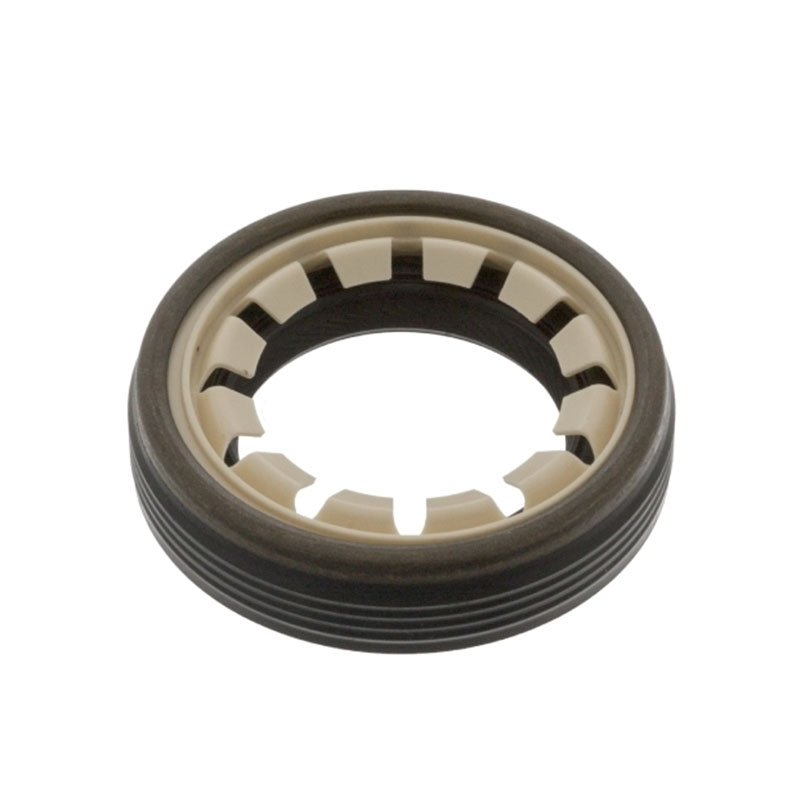oil pan seal leaking
Understanding Oil Pan Seal Leaking Causes, Symptoms, and Solutions
The oil pan is an essential component of your vehicle's engine, serving as the reservoir for engine oil. The oil pan seal, which sits between the oil pan and the engine block, plays a critical role in preventing oil leaks. However, over time, this seal can wear down, leading to a leak that can have significant consequences for your engine’s performance and longevity. In this article, we'll explore the causes of oil pan seal leaking, the symptoms to watch for, and the solutions available to address this issue.
Causes of Oil Pan Seal Leaking
Several factors can contribute to the deterioration of the oil pan seal. Firstly, general wear and tear is a common cause. Heat, vibrations, and the natural aging of materials can lead to the seal becoming brittle and cracking over time. Additionally, exposure to harsh environmental conditions, such as road salt and extreme temperatures, can accelerate the degradation process.
Another contributing factor is improper installation. If the oil pan seal is not fitted correctly during an oil change or engine repair, it can lead to uneven pressure and result in a leak. Furthermore, engine components, such as a clogged oil filter or faulty oil pump, can create excessive pressure in the oil system, which may force oil through a weak point in the seal.
Symptoms of Oil Pan Seal Leaking
Detecting an oil pan seal leak early can save you from more severe engine problems in the future. One of the most noticeable symptoms is oil dripping from the oil pan area. You may notice dark patches on your driveway or garage floor, indicating a leak. Additionally, if you check your oil level frequently and find it dropping faster than usual, this may signify a leak in the oil pan seal.
oil pan seal leaking

Another critical symptom to watch for is the presence of oil on the engine block itself. If you observe oil build-up or stains around the oil pan or on surrounding components, it's a strong indication that the oil pan seal is compromised. In more severe cases, you may experience a burning oil smell while driving, which can occur if leaking oil comes into contact with hot engine parts.
Solutions for Oil Pan Seal Leaking
If you suspect your oil pan seal is leaking, addressing the problem promptly is essential. The first step is diagnosing the issue, which often requires a visual inspection and the potential use of diagnostic tools to pinpoint the leak's source.
In many cases, simply resealing the oil pan can resolve the issue. This process involves cleaning the area thoroughly, applying a suitable gasket sealant, and ensuring the oil pan is reattached correctly. However, if the seal is significantly damaged or if the oil pan itself is corroded, you may need to replace the entire oil pan along with the seal.
Regular maintenance can help prevent oil pan seal leaks. Keeping an eye on your engine oil levels, thorough inspections during oil changes, and using high-quality engine oil can extend the life of both the oil pan and its seal.
Conclusion
Oil pan seal leaking is a common issue that can lead to serious engine problems if not addressed. By understanding the causes, recognizing the symptoms, and knowing the available solutions, you can take proactive steps to maintain your vehicle’s engine health. If you notice any signs of a leak, don’t hesitate to consult a professional mechanic to ensure your car remains in optimal condition. Remember, timely intervention is key to preventing costly repairs down the line.
-
Understanding the Front Main Engine Seal: Purpose, Maintenance, and Installation
News Jul.29,2025
-
Understanding O-Rings and Seal Rings: Types, Applications, and Custom Solutions
News Jul.29,2025
-
Understanding Crankshaft Oil Seals: Rear Seals, Pulley Seals, and Their Role in Engine Integrity
News Jul.29,2025
-
The Importance of Front and Rear Crankshaft Seals in Engine Performance and Oil Management
News Jul.29,2025
-
Crank Oil Seals: Functions, Types, and Cost Considerations in Engine Maintenance
News Jul.29,2025
-
A Comprehensive Guide to O-Rings and Seals: Types, Materials, and Global Applications
News Jul.29,2025
-
Mastering Diesel and Performance Engine Maintenance: A Guide to Critical Oil Gaskets
News Jul.28,2025
Products categories















